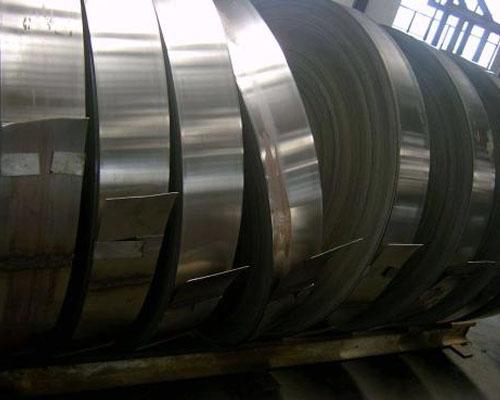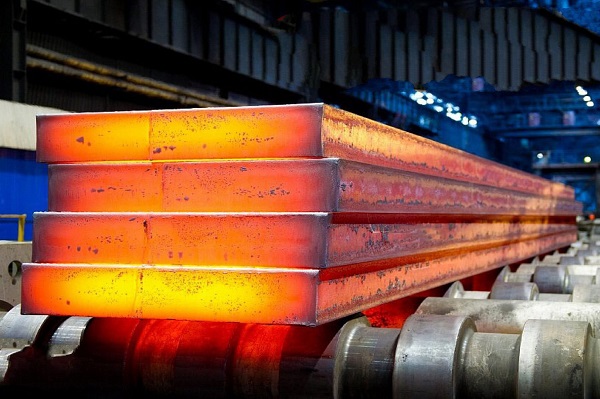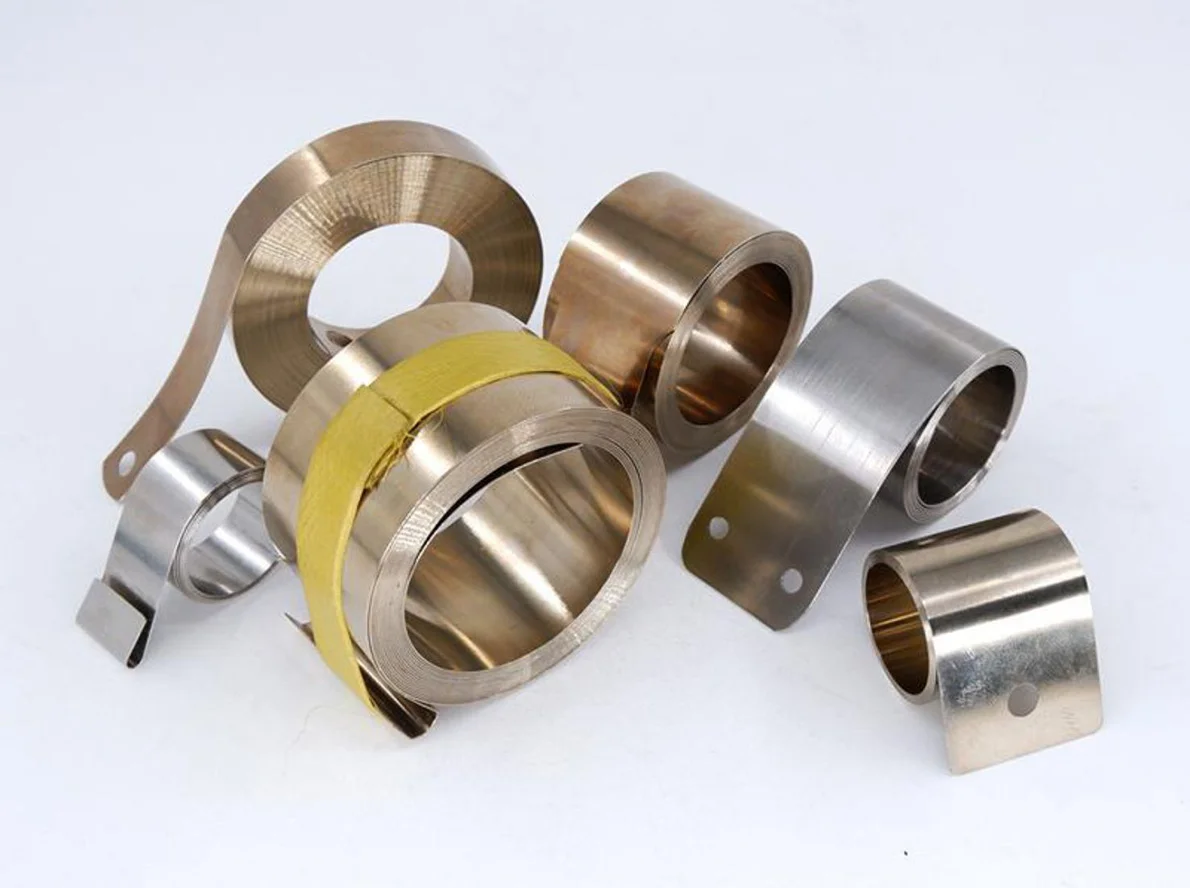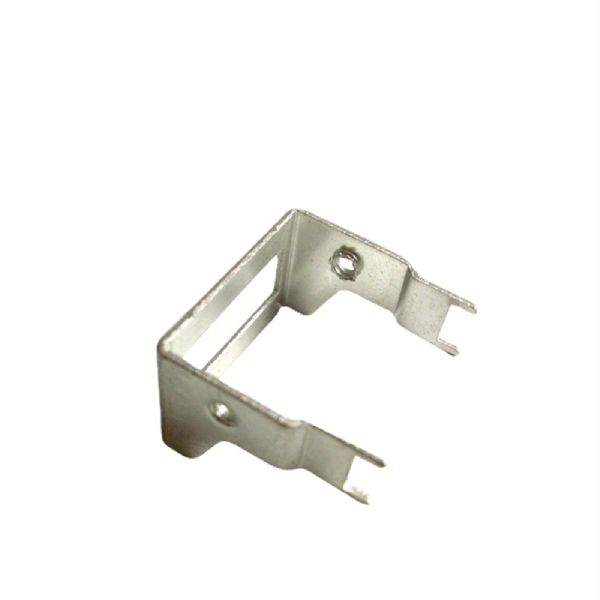In mechanical design, some components are engineered not to be rigid, but to bend, flex, and return to their original shape reliably. The soul of these elastic components lies in their material. While there are many alloys available, 65Mn steel, a type of high strength steel, stands out for its performance in demanding applications. This guide will explore the essential 65Mn steel properties and explain why it's the go-to choice for high-performance springs and shrapnel.

What is 65Mn Steel? An Overview of this Spring Steel
What is 65Mn steel? 65Mn is a high-carbon spring steel, named for its approximate carbon and manganese content. It is renowned for its ability to be heat-treated to achieve a unique combination of hardness, strength, and elasticity.
Chemical Composition and Its Impact on Performance
The key to 65Mn's performance lies in its chemistry. It contains approximately 0.65% carbon, which is the primary source of its high hardness and strength potential. The addition of manganese (around 0.90-1.20%) enhances its hardenability, allowing for more consistent results during the heat treatment process.
Key Mechanical Properties: Hardness, Elasticity, and Strength
In its annealed (soft) state, 65Mn steel can be stamped and formed. However, its true potential is unlocked after heat treatment. The key properties that engineers seek from this material are high hardness, excellent elasticity (the ability to return to its original shape), and a high yield strength.
The Critical Role of Heat Treatment for 65Mn Steel
The remarkable properties of 65Mn steel are not inherent; they are "activated" through a precise heat treatment process. This is the most critical step in manufacturing any component from this material.
Quenching and Tempering: The Secret to Its Elasticity
The primary heat treatment for spring steel is a two-step process called quenching and tempering. First, the steel is heated to a high temperature and then rapidly cooled (quenched). This makes it extremely hard but also very brittle. Next, it is reheated to a lower temperature (tempered), which reduces some of the brittleness and imparts the crucial toughness and elasticity.

Achieving the Perfect Balance of Hardness and Toughness
The art of heat treating 65Mn steel lies in achieving the perfect balance. The tempering temperature is carefully controlled to retain high hardness for wear resistance while developing enough toughness to prevent the part from cracking under stress. This balance is essential for any reliable spring or shrapnel.
Application 1: Creating a Constant Force Spring
One of the classic applications for 65Mn steel is in the creation of a constant force spring. These are springs that exert a nearly constant restraining force over a long range of motion.

How 65Mn's High Yield Strength Enables Consistent Performance
A constant force spring works because the material is stressed to its high yield strength. The ability of heat-treated 65Mn steel to withstand high stress without permanent deformation is what allows the spring to provide a consistent, reliable force, cycle after cycle.
Stamping and Forming Challenges with High Strength Steel
Manufacturing components from high strength steel for stamping presents challenges. The material is tougher on tooling and requires more force to form. Working with an experienced manufacturer who understands how to manage these challenges is crucial for a successful outcome. For expertise in this area, explore Pengce Metal's services.
Application 2: Manufacturing a Reliable Electrical Switch Shrapnel
What is 65Mn steel used for in the electronics industry? It is the ideal material for components like electrical switch shrapnel. These small, critical parts act as the spring mechanism inside switches and relays.

Ensuring High Fatigue Life for Millions of Cycles
An electrical switch shrapnel must withstand millions of flex cycles without breaking or losing its springiness. 65Mn steel, when properly heat-treated, exhibits an excellent fatigue life. This ensures the long-term reliability of the switch it is part of.
The Importance of Nickel Plating for Conductivity and Corrosion Resistance
After heat treatment, these components are often coated with nickel plating. This serves two purposes: it provides a conductive surface for the electrical contact and protects the underlying steel from corrosion, ensuring stable performance over the product's lifespan.
The Go-To Material for Demanding Elastic Applications
Thanks to its unique chemical makeup and its transformative response to heat treatment, 65Mn steel is the premier choice for parts that need to be strong, resilient, and dependable. From providing the constant pull in a measuring tape to enabling the click of a switch, its properties are essential. However, unlocking these properties requires deep manufacturing expertise. In what other applications have you seen high-strength spring steels like 65Mn used effectively? Share your examples in the comments!
Your Technical Questions About 65Mn Steel Answered
What is the difference between 65Mn steel and other spring steels like SK5 or 5160?While similar, they have key differences. 65Mn is a manganese alloy steel, known for good overall properties and cost-effectiveness. SK5 is a Japanese high-carbon tool steel, often used for cutting tools but also for springs, known for holding a fine edge. 5160 is a chromium-alloy spring steel, known for its exceptional toughness, often used in vehicle leaf springs. The best choice depends on the specific application's demands.
Can 65Mn steel be welded?Welding 65Mn steel is generally not recommended, especially after it has been heat-treated. The high carbon content makes it prone to cracking in the heat-affected zone. If welding is absolutely necessary, it requires specialized pre-heating, post-heating, and filler materials.
What is the typical hardness (HRC) of heat-treated 65Mn steel?The typical hardness of properly quenched and tempered 65Mn steel for spring applications falls in the range of 44-52 HRC (Rockwell Hardness C-scale). The exact value is tailored to achieve the desired balance of springiness and toughness for the specific part.
How do you control the heat treatment process to ensure consistent properties?How do you control heat treatment? We use precisely calibrated furnaces with tight temperature controls and defined process times for both heating and tempering. We also conduct regular hardness testing on sample parts from each batch to verify that the 65Mn steel properties are consistent and meet the required specifications. To discuss your project, contact the Pengce Metal team today.




